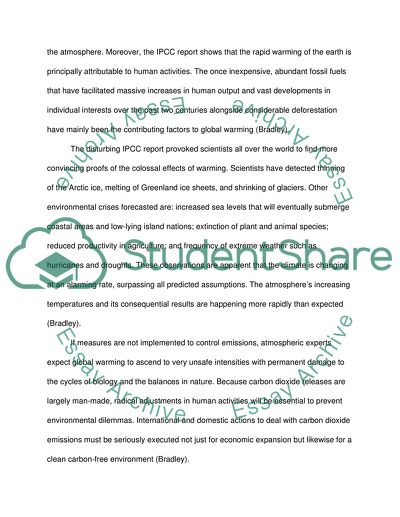Cite this document
(Agreements on Carbon Dioxide Reduction Research Paper, n.d.)
Agreements on Carbon Dioxide Reduction Research Paper. Retrieved from https://studentshare.org/environmental-studies/1735660-agreements-related-to-co2-reduction
Agreements on Carbon Dioxide Reduction Research Paper. Retrieved from https://studentshare.org/environmental-studies/1735660-agreements-related-to-co2-reduction
(Agreements on Carbon Dioxide Reduction Research Paper)
Agreements on Carbon Dioxide Reduction Research Paper. https://studentshare.org/environmental-studies/1735660-agreements-related-to-co2-reduction.
Agreements on Carbon Dioxide Reduction Research Paper. https://studentshare.org/environmental-studies/1735660-agreements-related-to-co2-reduction.
“Agreements on Carbon Dioxide Reduction Research Paper”, n.d. https://studentshare.org/environmental-studies/1735660-agreements-related-to-co2-reduction.


